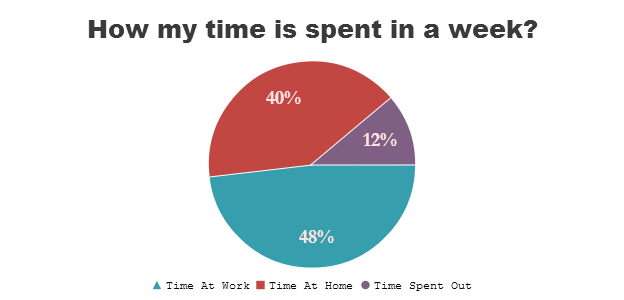Quantitative data is information about quantities; that is, information that can be measured and written down with numbers. Some other aspects to consider about quantitative data:
Bar Graph
A diagram in which the numerical values of variables are represented by the height or length of lines or rectangles of equal width.

Histogram
A diagram consisting of rectangles whose area is proportional to the frequency of a variable and whose width is equal to the class interval.
Pie Chart
A type of graph in which a circle is divided into sectors that each represent a proportion of the whole.

Scatter Plot
A scatter plot is a graph in which the values of two variables are plotted along two axes, the pattern of the resulting points revealing any correlation present.

Qualitative data is information about qualities; information that can't actually be measured. Some other aspects to consider about qualitative data: